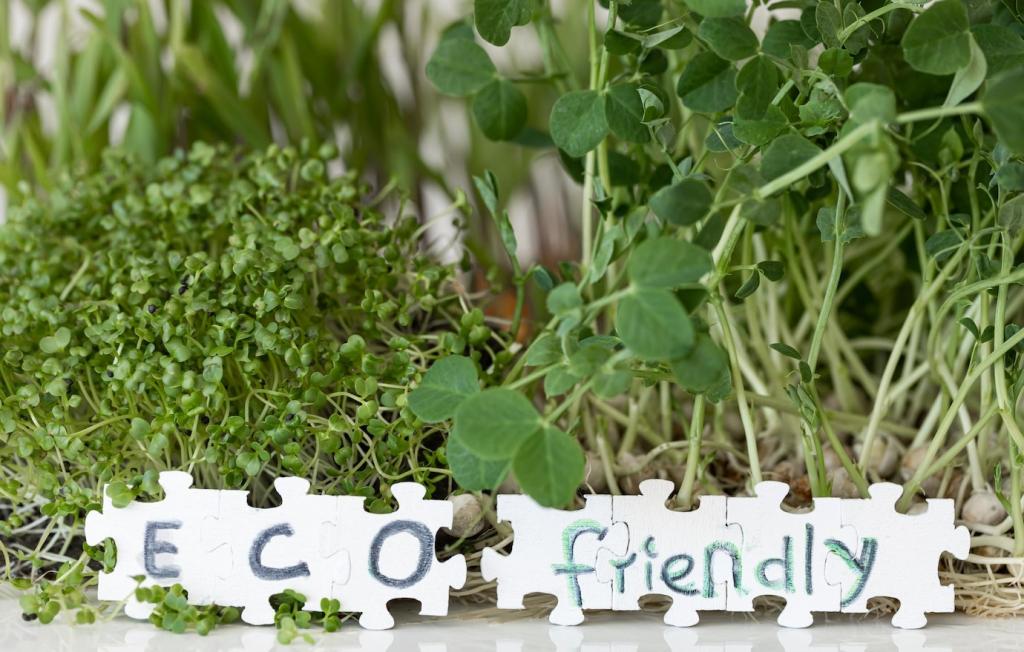Cost-Effective Eco-Friendly Flooring Options
Chosen theme: Cost-Effective Eco-Friendly Flooring Options. Discover how to create beautiful, durable floors that honor the planet and your budget, with proven materials, practical tactics, and real-world stories that invite you to learn, share, and subscribe for ongoing, sustainable inspiration.
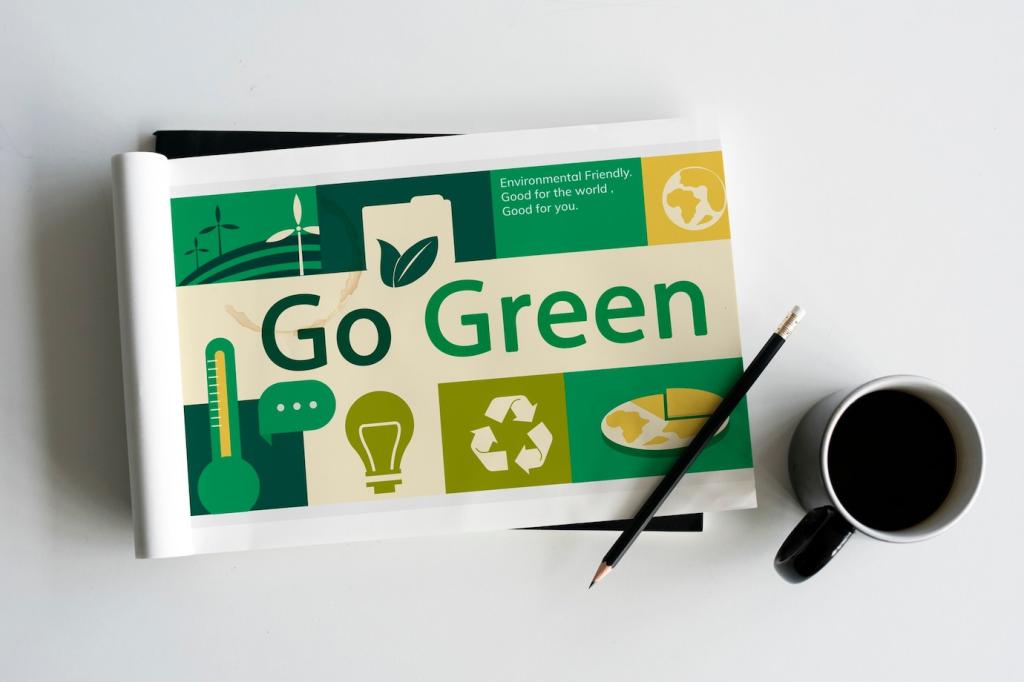
Start Smart: Understanding Sustainable Materials on a Budget
01
Bamboo vs. Cork vs. Recycled Wood
Bamboo grows quickly and offers a sleek, modern look, cork cushions footsteps and insulates, while recycled or reclaimed wood provides timeless character. Compare availability, certifications, and thickness to balance affordability, durability, and the eco-credentials that align with your values and local climate.
02
Low-VOC Adhesives and Finishes Matter
Adhesives and finishes can quietly affect indoor air quality. Opt for low-VOC or water-based products that deliver strong bonding and long-term protection. They help reduce harmful emissions, keep rooms fresher, and can save money by minimizing ventilation needs during and after installation.
03
Life-Cycle Cost Beats Sticker Shock
A low upfront price is only part of the story. Consider maintenance, refinishing potential, durability, warranty coverage, and end-of-life recyclability. Choosing quality, eco-friendly materials can cut replacement frequency, reduce waste, and ultimately offer the best cost-per-year value for your home.
DIY Wins: Install Techniques That Save Money and Emissions
Click-lock planks and floating systems minimize adhesives, speed installation, and allow easy plank replacement. With careful subfloor prep and a good underlayment, you can complete rooms in a weekend, keep emissions low, and avoid costly professional labor without sacrificing a clean, finished look.
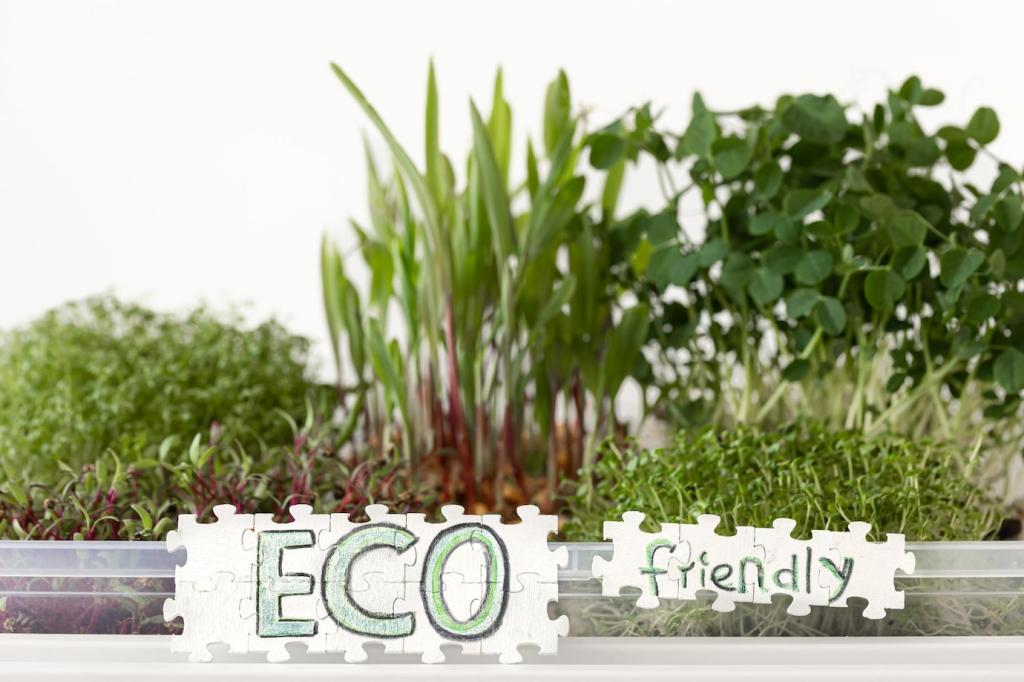
Real-World Story: A Cozy Apartment Makeover on a Lean Budget
Choosing Materials With Purpose
A young couple selected strand-woven bamboo for the living areas and cork for the nursery to soften sound. They prioritized low-VOC finishes and verified certifications, finding discounted boxes at a local surplus store without compromising on sustainability or design cohesion.
From Weekend Project to Everyday Comfort
Armed with borrowed tools and online tutorials, they installed the floors over two weekends. The result: warmer rooms, quieter nights, and a space that looked freshly designed. Their biggest surprise was how manageable careful planning made the entire eco-friendly upgrade feel.
Savings That Keep Paying Back
Energy bills dropped slightly thanks to insulated underlayment, while durable surfaces resisted toddler wear-and-tear. Their maintenance routine became simpler, and they felt proud welcoming friends into a home that reflected values of sustainability, affordability, and thoughtful craftsmanship.
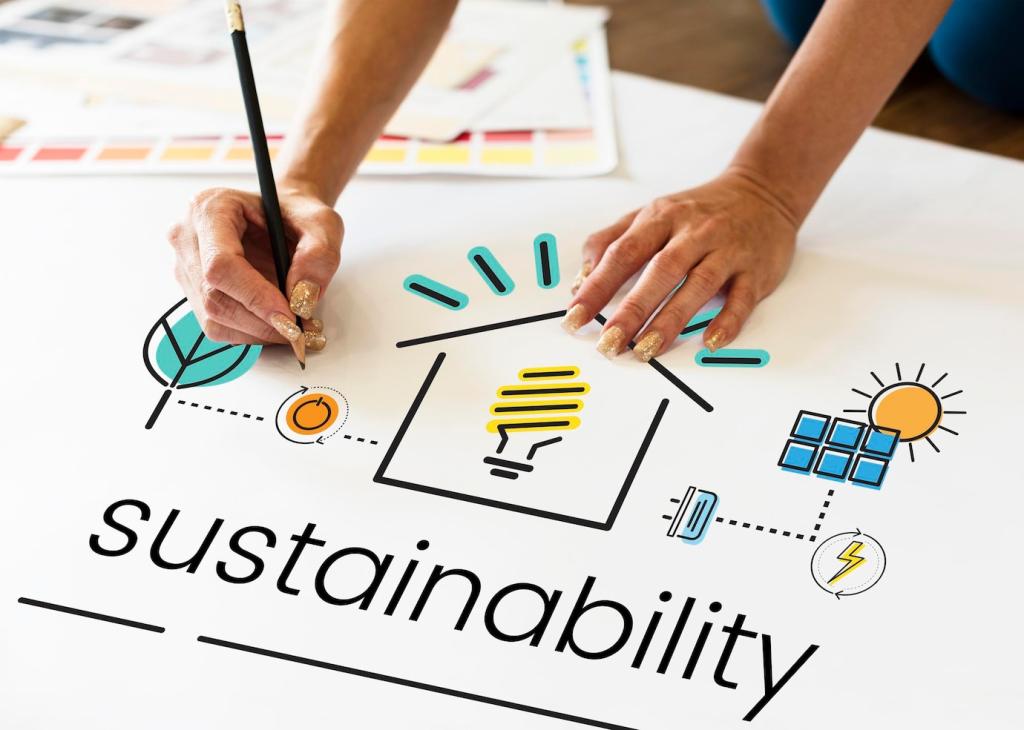
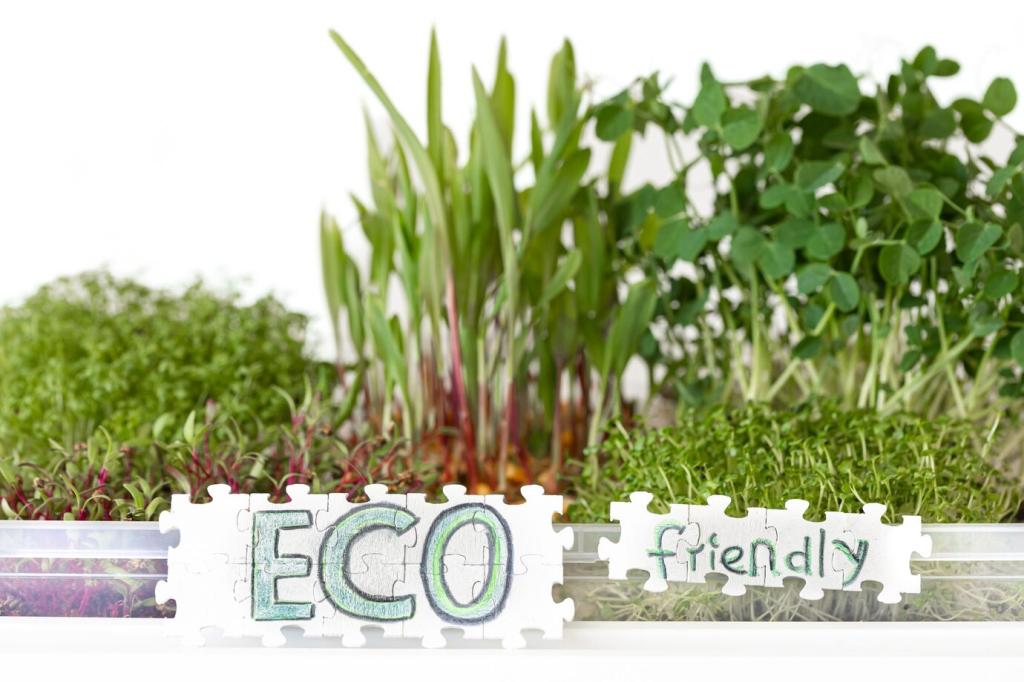
Sourcing Smarter: Where to Find Greener Deals
Architectural salvage yards, reuse centers, and community exchanges often carry reclaimed hardwood, tile, or trim. Ask about provenance, nail holes, and thickness. With sanding and eco-friendly sealers, reclaimed materials become statement floors that are budget-friendly and uniquely personal.
Sourcing Smarter: Where to Find Greener Deals
Small mills and distributors sometimes offer off-cuts, overstock, or discontinued lines at deep discounts. These can include FSC-certified or rapidly renewable options. Inspect for consistent milling and adequate quantity to cover your space with a few spare cartons for future repairs.
Design Without Waste: Planning for Precision and Beauty
Measure twice, map planks in a simple sketch, and stagger seams strategically. Aligning plank directions with natural light can elevate the look and reduce awkward, wasteful rips. Keep door thresholds in mind to maintain flow while conserving material and installation time.
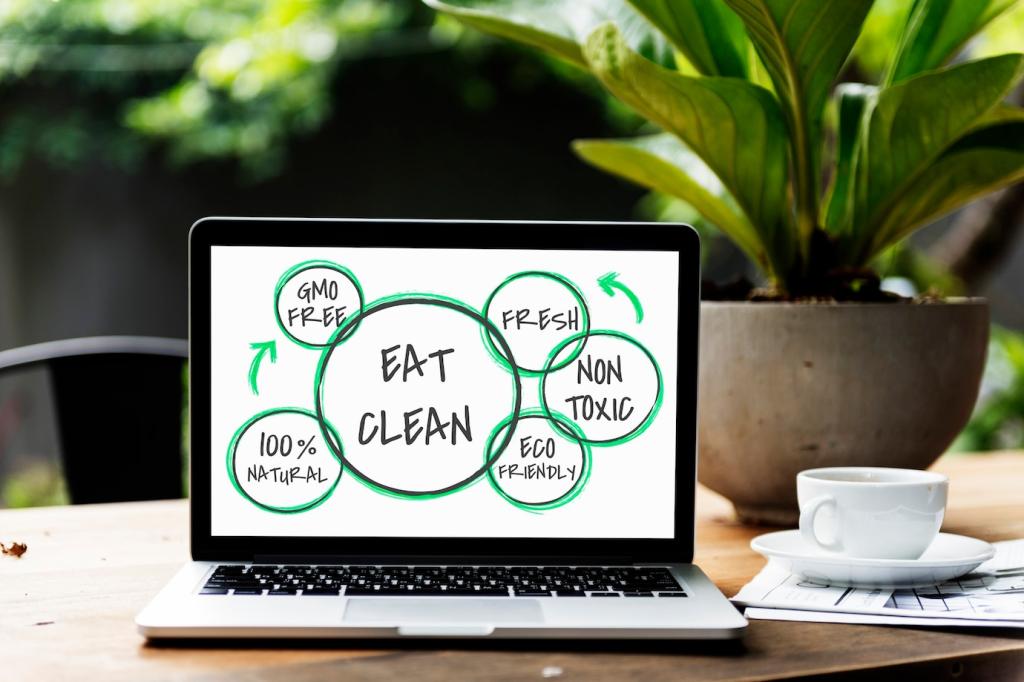
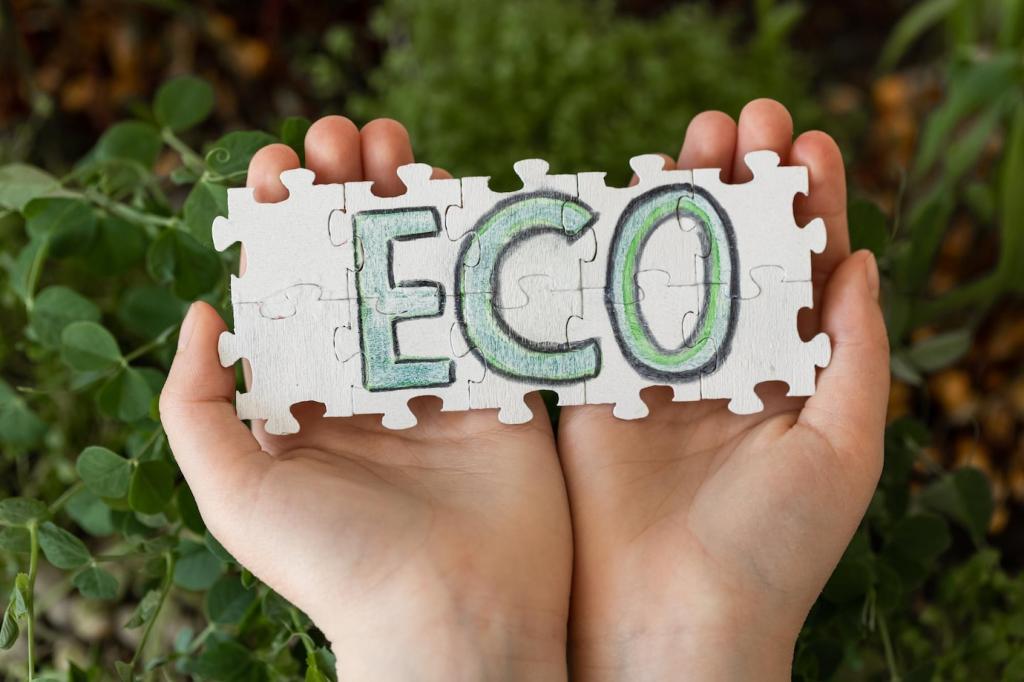
Design Without Waste: Planning for Precision and Beauty
Eco-friendly transition strips—like bamboo or cork—create seamless movement between rooms and floor types. They protect edges, prevent tripping hazards, and polish the final appearance. Choosing natural, durable transitions reduces replacements and helps unify your sustainable design story.
Care That Saves: Low-Impact Maintenance
Avoid harsh chemicals and excess water. Microfiber mops, diluted vinegar substitutes approved by manufacturers, and plant-based cleaners keep finishes intact. Gentle routines preserve coatings, prevent swelling, and reduce the need for costly re-sanding or premature replacement.
Care That Saves: Low-Impact Maintenance
Use felt pads, area rugs from natural fibers, and shoe-free policies to reduce abrasion. Maintain stable humidity to protect bamboo and cork. These small habits extend the lifespan of eco-friendly floors, saving money while safeguarding indoor air quality and materials integrity.
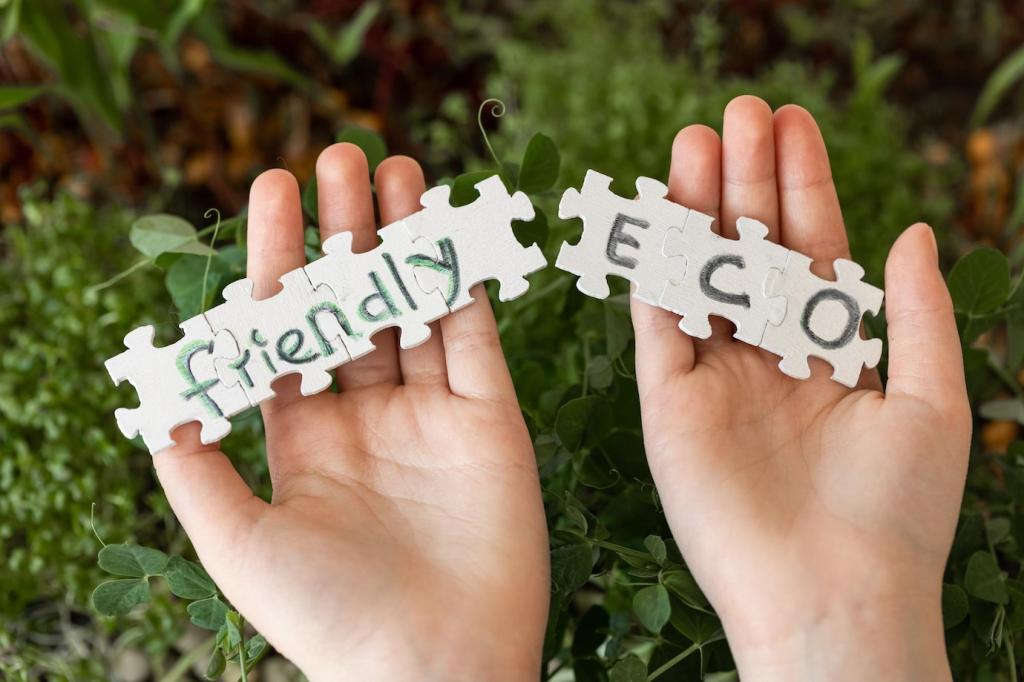
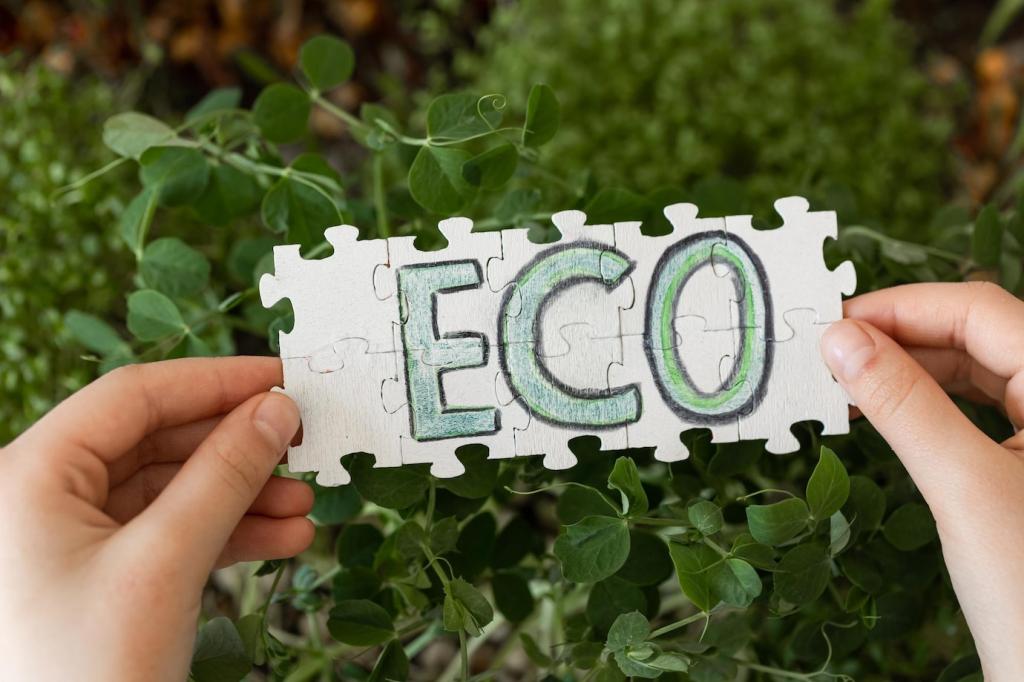
Join the Conversation: Your Sustainable Flooring Journey
Tell us which room you’re upgrading and what challenges you face. We’ll tailor future guides to your needs, from moisture-prone basements to cozy nurseries, while keeping every recommendation budget-forward and genuinely planet-friendly.
Join the Conversation: Your Sustainable Flooring Journey
Get weekly tips on materials, sourcing, and maintenance that keep your eco-flooring plans affordable. Subscribers receive checklists, cutting guides, and real-life makeovers to inspire projects you can start—and finish—without financial or environmental overwhelm.
